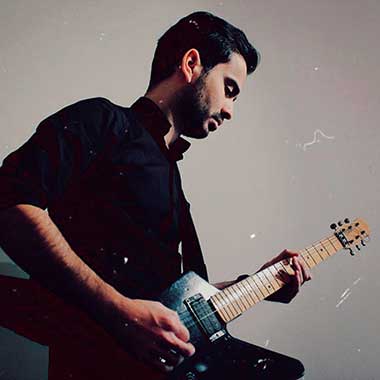Online Electric Guitar Course in berlin
Links
- Accordion berlin Course
- Piano berlin Course
- Persian Tang berlin Course
- Harp berlin Course
- Lyre berlin Course
- Harmonica berlin Course
- Saxophone berlin Course
- Flute berlin Course
- Lakota Fluet berlin Course
- Cajon berlin Course
- Clarinet berlin Course
- Double Bass berlin Course
- Guitar berlin Course
- Electric Guitar berlin Course
- Melodica berlin Course
- Harmonica berlin Course
- Handpan berlin Course
- Hangderam berlin Course
- Violin Alto berlin Course
- Classic Violin berlin Course
- Cello berlin Course
- Ukulele berlin Course
- Child Music berlin
- Fluet Children berlin
- Orff Music berlin
- Piano Child berlin
- Tonbak Child berlin
- Violin Child berlin
- Xylophone Child berlin
- Accordion berlin
- Cajon berlin
- Cello berlin
- Clarinet berlin
- Classic Violin berlin
- Double Bass berlin
- Electric Guitar berlin
- Flute berlin
- Guitar berlin
- Handpan berlin
- Hangderam berlin
- Harmonica berlin
- Harmonica berlin
- Harp berlin
- Lakota Fluet berlin
- Lyre berlin
- Melodica berlin
- Persian Tang berlin
- Piano berlin
- Saxophone berlin
- Ukulele berlin
- Violin Alto berlin
- Hearing training berlin
- Iranian Singing berlin
- Persian Avaz berlin
- Persian Chore berlin
- Persian Foley berlin
- Persian Pop Singing berlin
- Persian Singing berlin
Close Filters



Sam Karimi - Electric Guitar course
tuition: 750,000 toman
Erfan Adib - Electric Guitar course
tuition: 1,200,000 toman